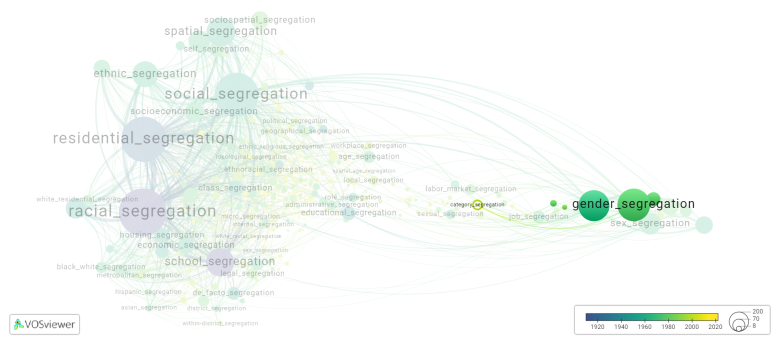Category segregation
Date and country of first publication[1]
2009
Spain
Definition
Category segregation refers to the act of separating individuals or groups based on their social or demographic characteristics, such as race, gender, age, or socioeconomic status. This segregation can occur in various aspects of life, including housing, education, employment, and public spaces. It can result in the unequal distribution of resources, opportunities, and privileges among different categories, leading to social inequalities and exclusion. Category segregation is often associated with discrimination, prejudice, and systemic injustice. Efforts to address and reduce category segregation aim to promote diversity, inclusivity, and equal rights for all individuals, regardless of their characteristics.
See also
Related segregation forms
Category segregation is frequently discussed in the literature with the following segregation forms:
gender segregation, occupational segregation, vertical segregation, establishment segregation

This visualization is based on the study The Multidisciplinary Landscape of Segregation Research.
For the complete network of interrelated segregation forms, please refer to:
References
Notes
- ↑ Date and country of first publication as informed by the Scopus database (December 2023).
Category segregation appears in the following literature
Campos-Soria J.A., Ortega-Aguaza B., Ropero-García M.A. (2009). Gender segregation and wage difference in the hospitality industry. Tourism Economics, 15(4), 847-866. IP Publishing Ltd.https://doi.org/10.5367/000000009789955152
